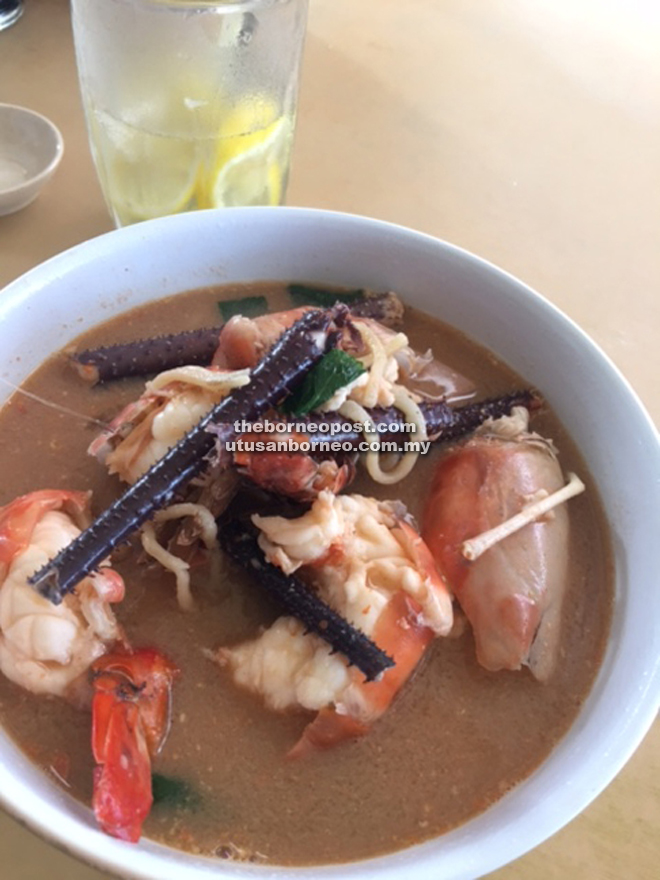
The famous big-prawn noodles we had at Tong Yuan Cafe in Limbang.
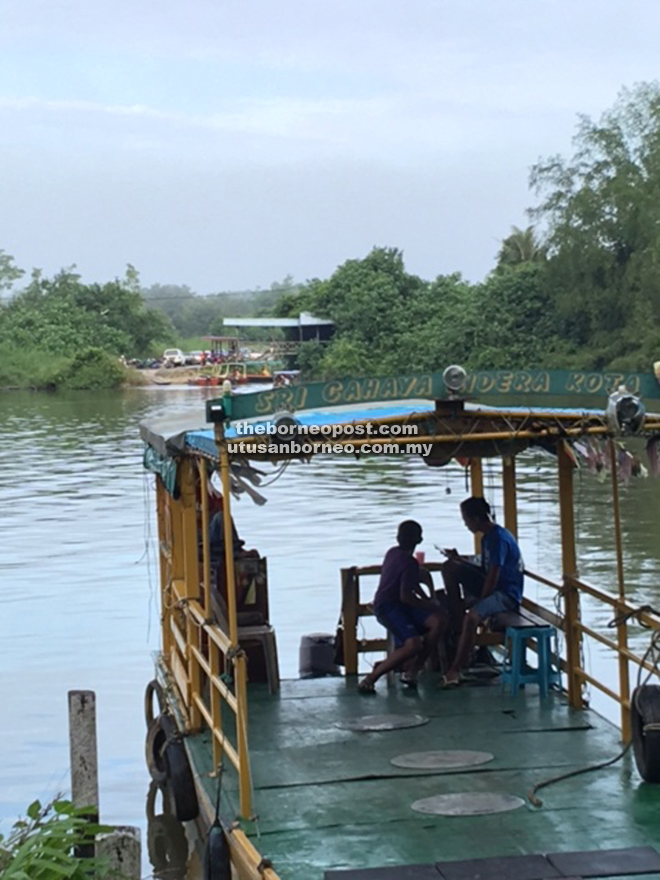
The ferry service that brings villagers from Gadong (across the river) to Limbang daily.
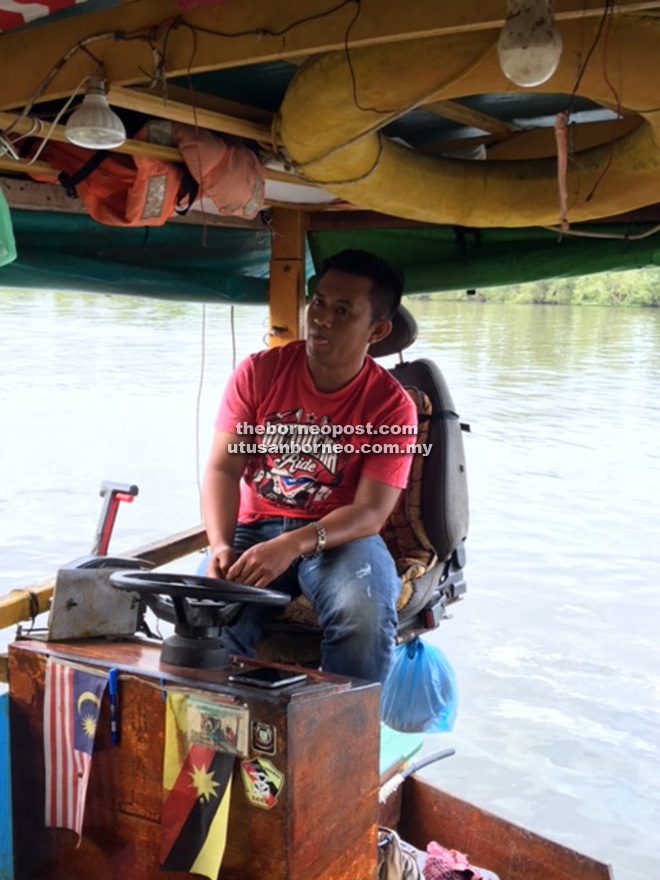
Hasnah, the ferry operator.
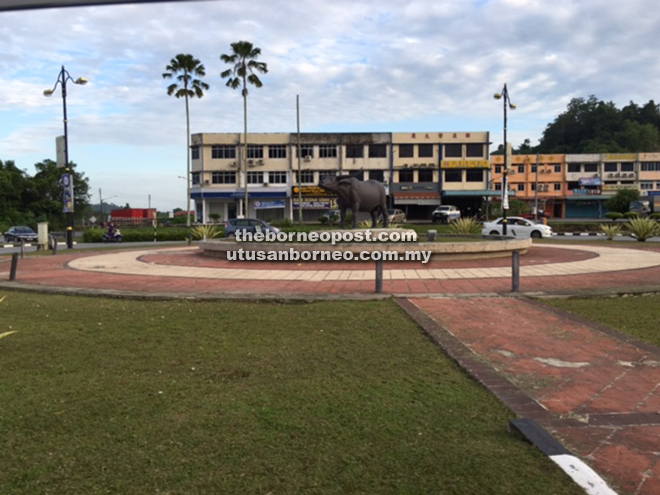
Buffalo is the symbol of Limbang town.
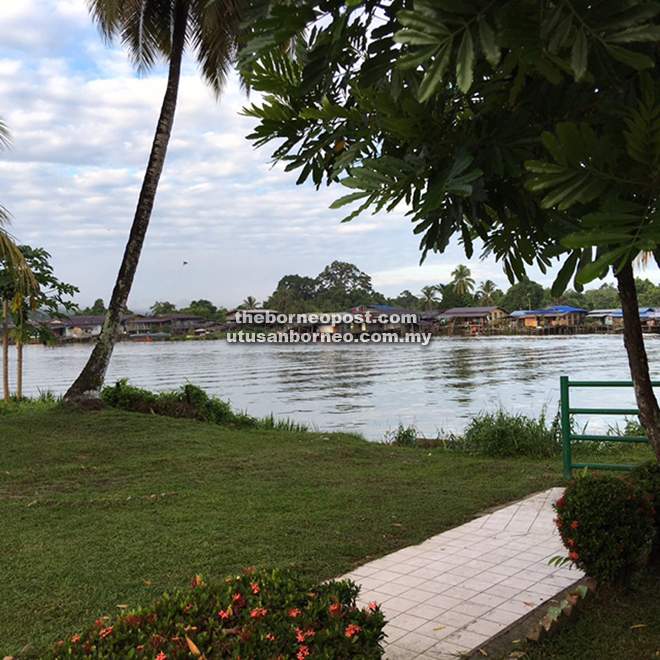
We were greeted with a bluish-green Limbang River.
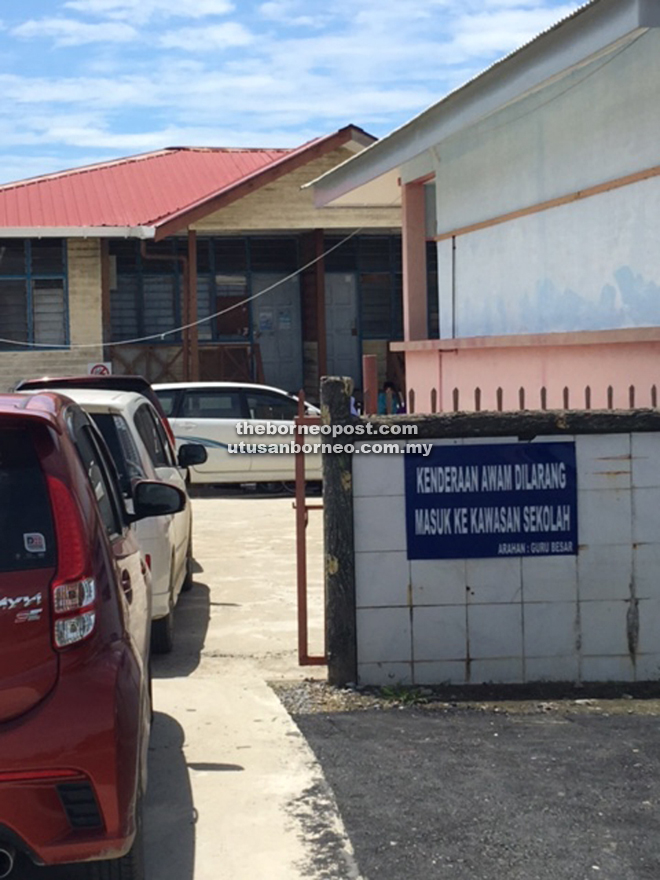
SK Awat-Awat.
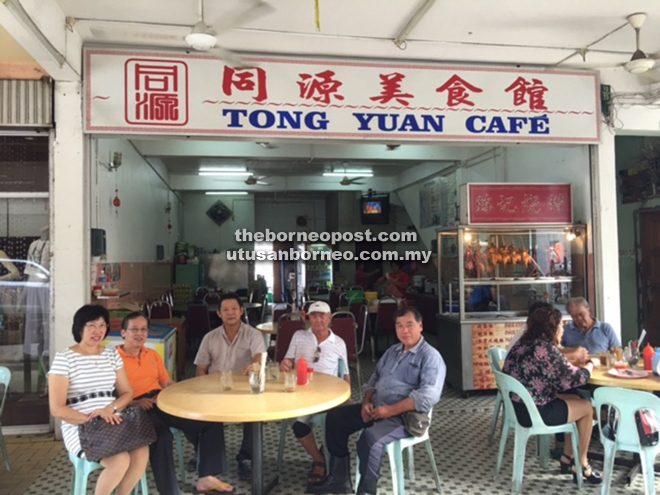
(From left) Mr and Mrs Wong Huang Hoo, Tiong and customers.
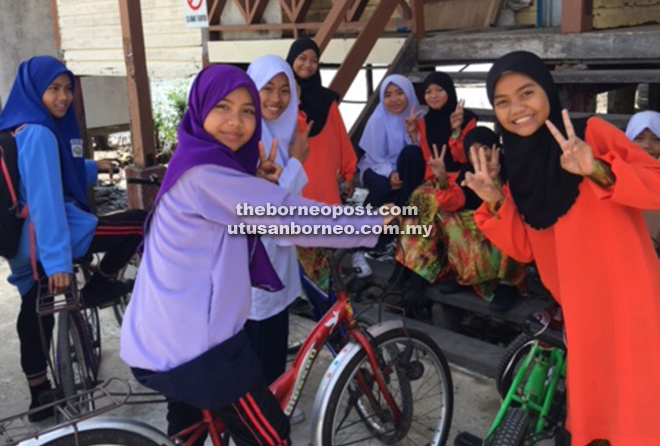
Well-mannered SK Awat-Awat pupils.
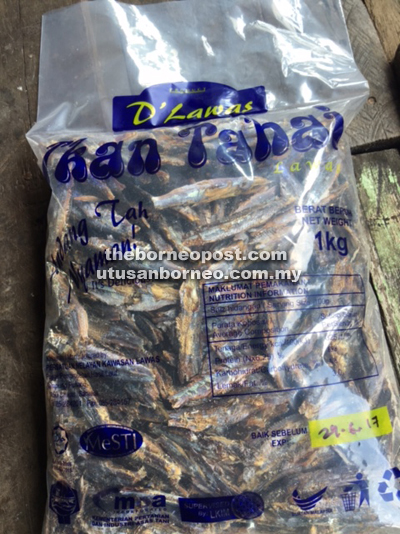
‘Ikan tahai’ – the iconic product of Lawas.
LAWAS: The water of Limbang River, which is forever yellowish, somehow not only turned crystal clear but also blue and green in colour when the BAT6 team reached there.
It felt surreal, but the sight of it was amazing and pleasing as clear river water in Sarawak is scarce. However, the locals viewed the sudden change in the water colour with suspicion and immediately pointed accusing fingers at chlorine, tonnes of it.
This prompted Limbang MP Hasbi Habibolah to scramble water samples to the laboratory for tests.
Another equally pleasing item in Limbang, this time to taste buds, are the bowls of big-prawns noodles at Tong Yuan Cafe, cooked with the warm hospitality of Mr and Mrs Wong Huang Hoo, classmates of a BAT6 team member.
The owner of the coffee shop, Tiong Huo Kiong, said the town was short of prawns, but Wong was thoughtful to keep some for his guests.
He added that the community in Limbang was close-knit, and shops like his do allow customers to bring their own prawns or fish to be cooked.
The day before, BAT6 members were treated to dinner hosted by the Council of Limbang Division Community Leaders.
Present were Temenggong Ang Keng Su, Pemanca Leong Boon Ming, Kapitan Lee Yiing Chiong, and community leaders from Lawas, including Penghulu Liaw Chow Tien, Penghulu Liaw Soon Teck and Kapitan Fiong San Fong.
The newly minted Kapitan Chieng Yu La said she was happy all her hard work was starting to bear fruits. Many issues affecting the community that she was assigned to handle were being attended to—some had been solved and the rest were ‘works in progress’.
The issues she looked into included blocked drains, applications to the government and helping out in times of bereavement. She has quite a lot on her plate because she oversees the needs of over 200 families.
Community leaders like Chieng are the backroom boys, and more often than not, elected representatives get the attention by raising issues in platforms such as the State Legislative Assembly. One sometimes wonders whether these elected representatives are overpaid, when most of the work is done by community leaders. Maybe our learned readers can share their thoughts on this matter.
We stopped by Limbang Airport during our drive-around in the morning. The airport is definitely underused, serving only two daily flights from Miri and one flight to Kota Kinabalu on Thursdays, Saturdays and Sundays. When we were there, only two cleaners and two personnel in the information room could be seen.
We are building airports using lots of money, but the issue of air connectivity is not addressed. Buffalo town, for which Limbang is known, should be connected to the world outside, or at least to other towns in the state.
Meanwhile, BAT6 members thought it a hassle to pass through Malaysian and Brunei check points so many times.
From the relatively big airport, we stopped by a jetty and observed how small ferry boats brought villagers from Kampung Gadong across the river to Limbang. Kampung Gadong, home to a few hundred people, is separated from Brunei with just a few empty drums as boundary markers. Locals said there were no immigration check points.
Hasnan, who has been operating the ferry for about six years, told us that he operated from 6.30am to 7pm daily.
We headed to Lawas after visiting SJK (C) Yuk Hing, Limbang.
Along the way to Lawas, we stopped by Trusan. It is a small town, and the durian lovers in us had a sampling of the famous Trusan durians, courtesy of community leaders.
As we were ahead of schedule, we decided to detour to Sundar and Kampung Awat-Awat. At Sundar, we were introduced to the famous smoked ‘ikan tahai’.
‘Ikan tahai’, a unique product of Lawas waters, is popular among the people of Lawas, Limbang and Brunei. It is a must-have for visitors to Sundar and Kampung Awat-Awat to bring home.
Drug abuse is said to be rampant in Lawas, but when you hear ‘makan dadah’ in Lawas, it could mean savouring the delicious local delicacy of smoked ‘ikan tahai’.
Locals swore ‘dadah soup’ is nutritious and can cure cold and fever. It is also addictive, they claimed, because many who had tasted it yearned to return for more.
‘Ikan Tahai’ is synonymous with Kampung Awat-Awat. There, the selected fish is smoked for two days using coal fire in a special smokehouse. Once smoked, the fish can last for about a month. Preserved with sea salt, it can be eaten on its own or cooked with other dishes.
At Kampung Awat-Awat, we drove to SK Awat-Awat and had a chat with headmistress Masnah Othman.
We were told the school has 220 pupils, 19 teachers, and four staff. Although it was built in 1956, well before Malaysia came into being, its structure looked decent and well maintained.
Masnah beamed with joy when she disclosed that the government had approved a new site at Kampung Awat-Awat for a new school building.
“On behalf of the school, I wish to thank the government for the proposed new school building. It will help the students, teachers and staff to develop in their respective areas.”
